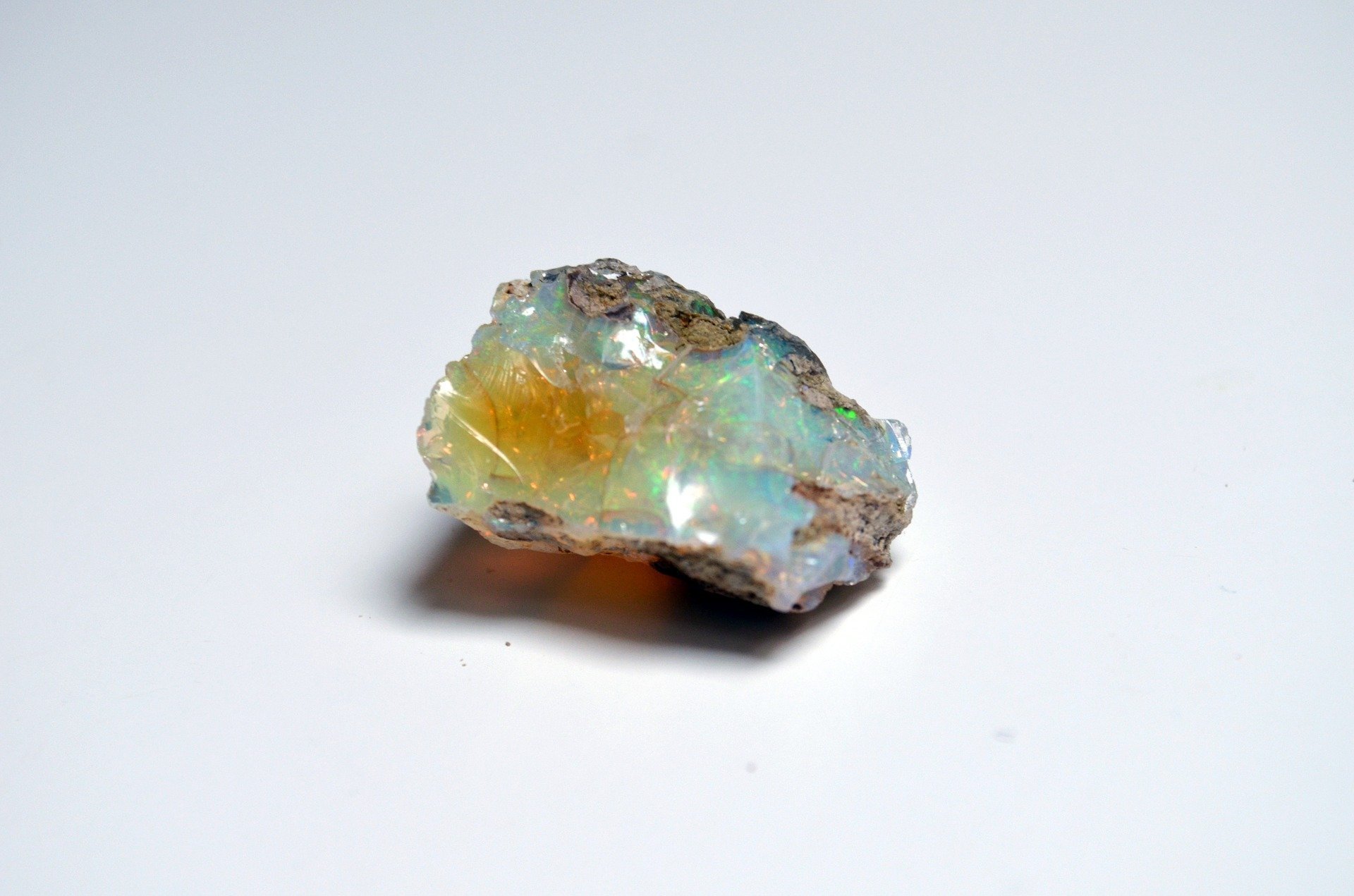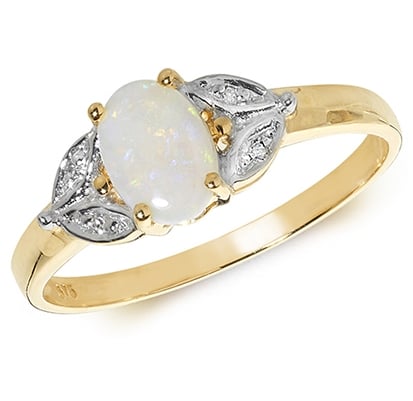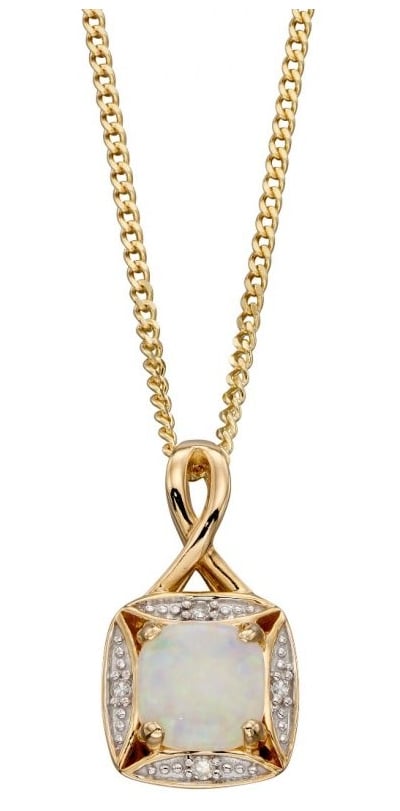Opals are amongst the world’s most sought-after gemstones. Their shimmering beauty is often unsurpassed making them perfect additions to jewellery. Opals have a long history and the play-of-colour they display makes them a favourite amongst collectors, geologists and jewellers. Historically the brilliant colours of precious opal have made it a favourite amongst royalty.
The stone is made from silica and water. Deposits of opal can be found in the crevices and cracks of virtually any rock, however, it’s most commonly found in limonite, sandstone and basalt. Opal comes in many varieties but the most well known of them has to be the precious opal. To learn more about this beautiful stone, read these 10 interesting facts about opal.
1. The word opal comes from Latin.
It’s believed the name for the stone was adopted from the Latin word “opalus”, however, others believe it’s derived from the Sanskrit word “úpala” meaning precious stone.
2. Opal can be precious or common.
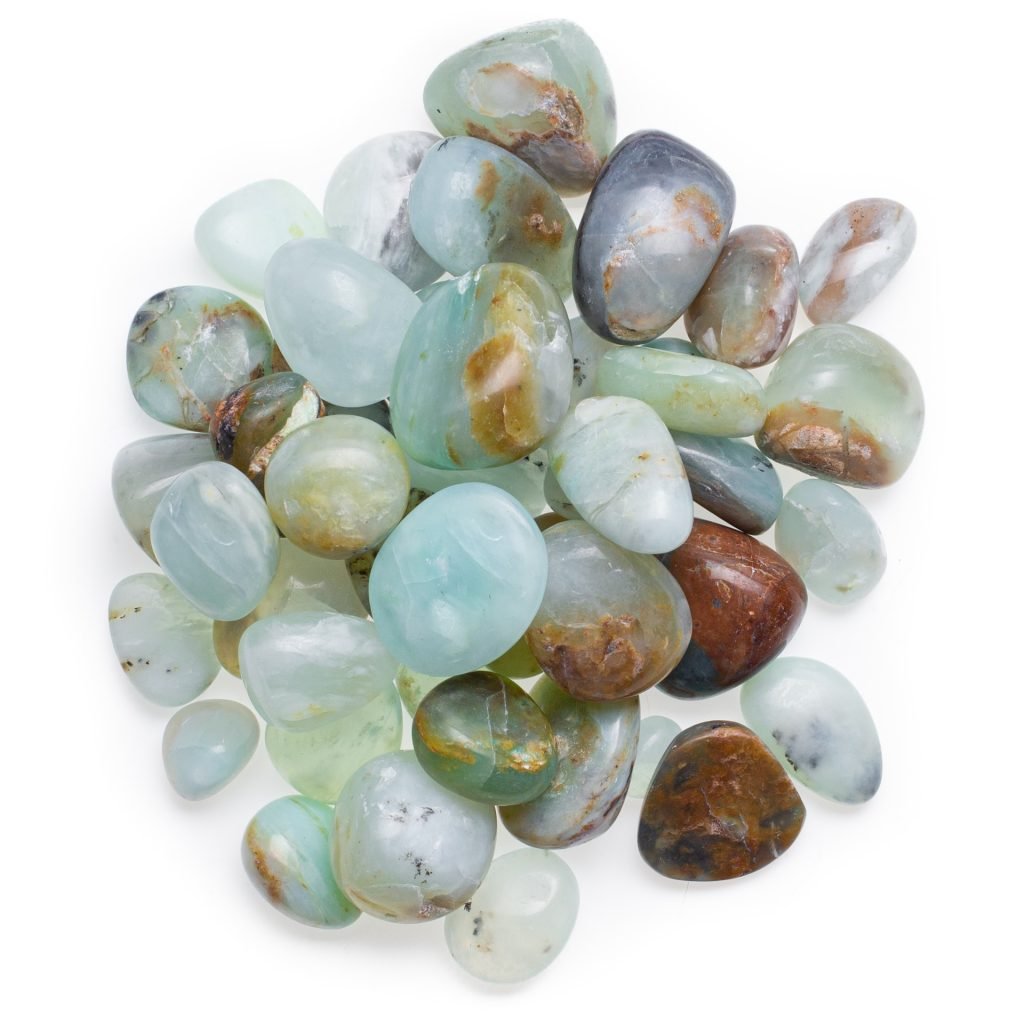
The two varieties of opal most often seen are common and precious. The difference between the two comes from the optical effect they produce. While both common and precious opals are opalescent, they are so to different degrees. Precious opal displays a play-of-colour not present in other opals. The precious opal’s opalescence is a result of spaces between the silica spheres in the internal structure of the stone. These spaces allow for light to pass through and create the vivid, colourful refractions within the opal we associate with it. Common opal on the other hand is much simpler and displays a hazy-milky sheen.
3. There’s more than one colour of opal.
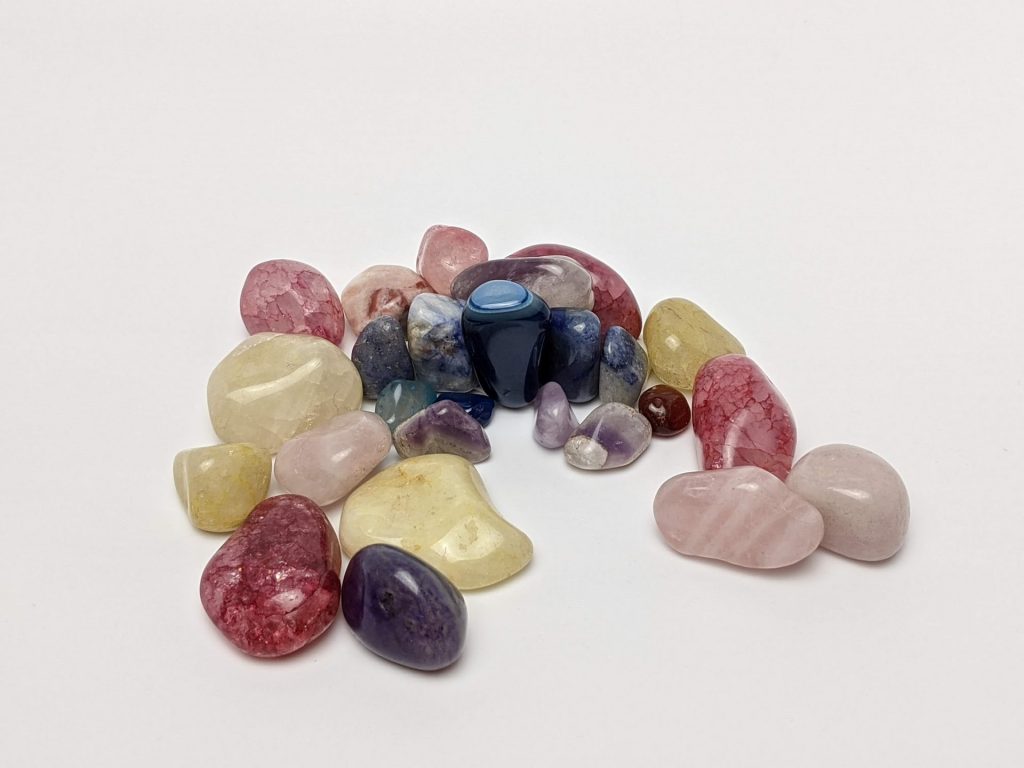
There are many colour variations of both precious and common opal. Though precious opals exhibit a variety of colours such as yellows, greens, blues and reds the “colour” of a precious opal refers to the background colour of the stone. This can be almost any colour, however most common are white, green or translucent.
Common opals can also come in many different colours such as purple, pink, blue and green. They are often mistaken for varieties of quartz due to their more simple appearance.
4. Opal is classed as a mineral, not a crystal.

Opals are a hydrated amorphous form of silica and is considered a mineraloid, similarly to obsidian, amber and pearl. A mineraloid is a naturally occurring substance that does not display crystallinity, meaning the atoms of the mineral are not arranged at regular intervals as they are in crystals.
5. The national gemstone of Australia is opal.
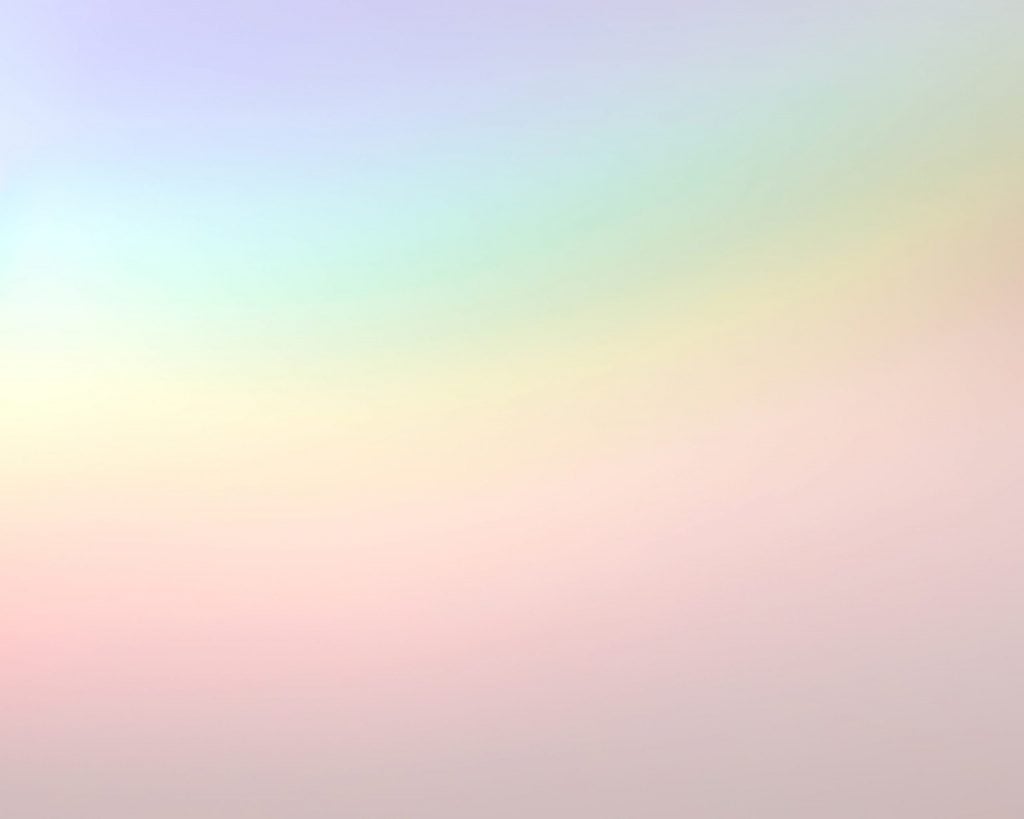
Australia mines over 95% of the world’s precious opals for use in jewellery. The amount of opal in Australia makes it the natural choice for the country’s national gemstone. Indigenous Australian myths often link the creation of opals with rainbows, making the stone known as the rainbow stone. In one myth, an ancestral being came to earth on a rainbow and when the rainbow touched the ground all pebbles and rocks in the vicinity began sparkling and turned to opal.
6. Opal can be synthesized.
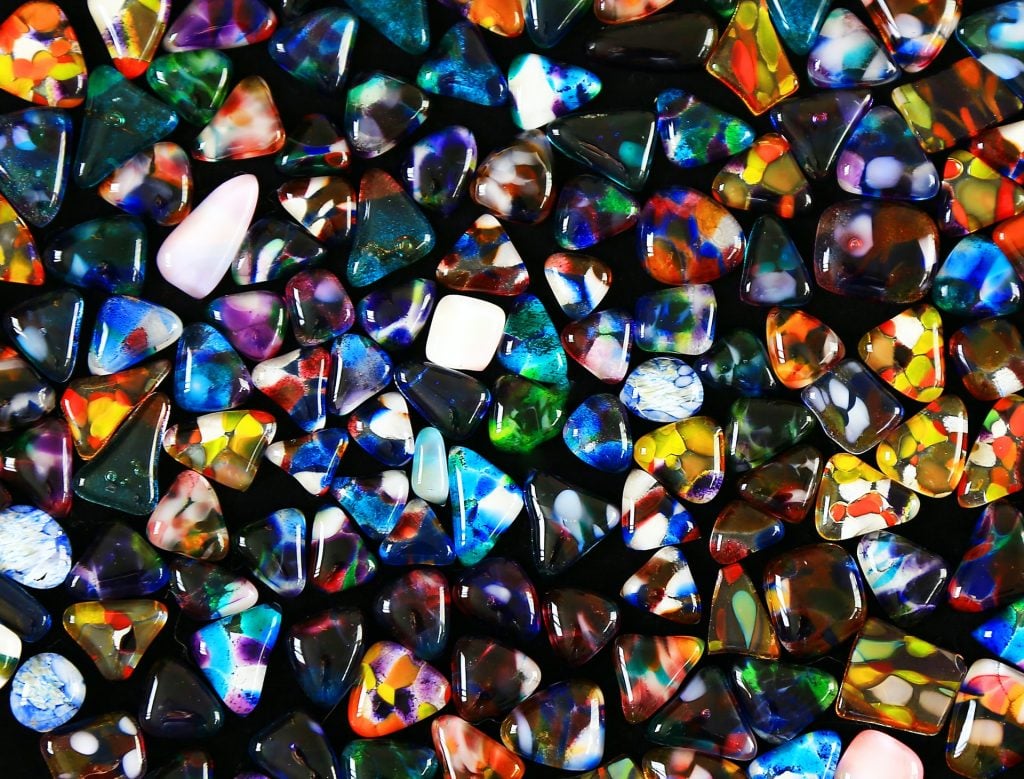
As with most gemstones, opals can now be made in a laboratory. It was first synthesized in 1974 by Pierre Gilson. Since the technology was pioneered, synthesizing opals has much improved and modern lab-created opals do not have the lizard skin patterning earlier attempts did. Modern synthetic opals have non-directional patterns making them appear much more similar to genuine opals. Lab-created opals, however, can still be distinguished by the lack of inclusions in the stone.
7. In the Middle Ages opal was considered good luck.
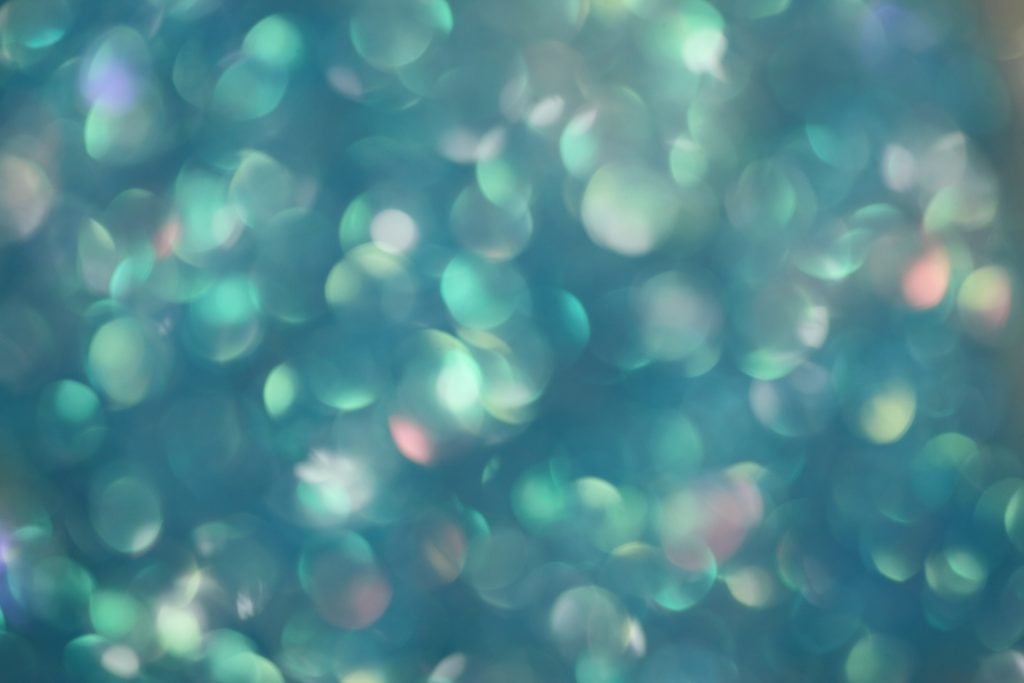
In Middle Ages opal stones were seen as extremely valuable and as bringers of good luck. This changed after 1829 when Sir Walter Scott published his novel Anne of Geierstein. In his story, one of the characters wears an opal talisman with supernatural powers. A drop of holy water on the opal however turns it into a common stone and the character wearing it dies soon after. Since the publication of the book, opals began to be associated with death, evil and bad luck. This took root in the collective mindset and became a superstition of its own. For years to come, even up until the early 1900s, opals were avoided. During the Art Deco era, opals came back in favour due to their glamorous nature.
8. Black opal is the rarest variation of the stone.
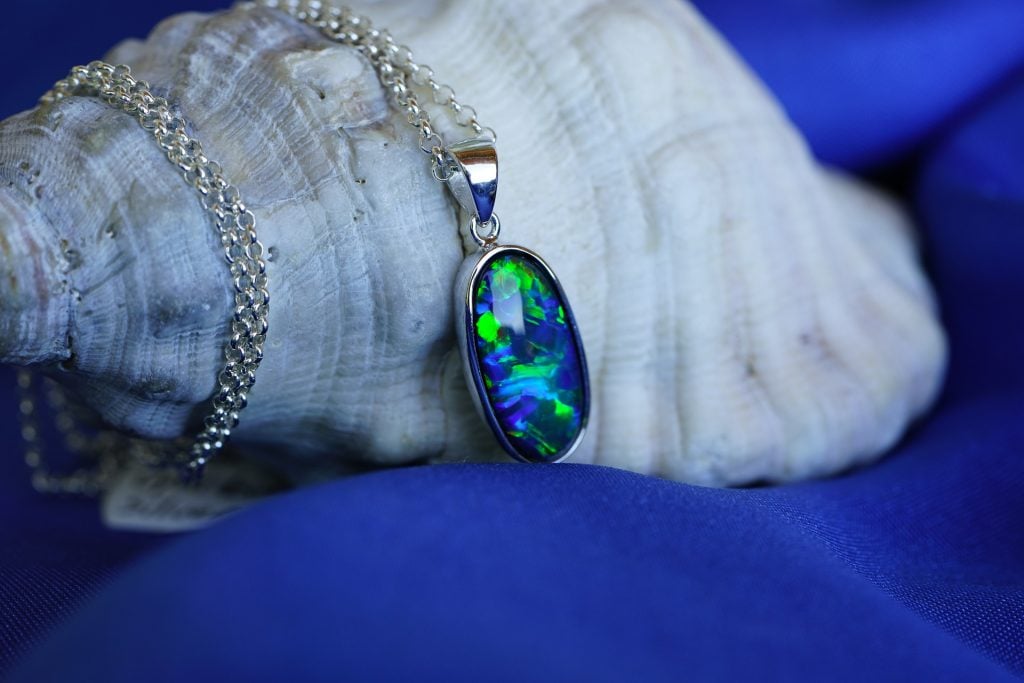
Black opals, nicknamed “The Mother of all Gemstones” by Shakespeare, are one of the rarest gemstones. So far black gemstones have only been discovered in Australia, specifically around the town of Lightning Ridge. This makes black opals highly sought after. Their darker colour allows for the diffractions of light to truly shine through and take centre stage.
9. Opal is the birthstone for the month of October.
Opal is believed to be able to bring good luck, health and fortune to its wearer. The stone is associated with purity and emotions as many believe it’s able to intensify and reflect the mood of the wearer. Opal is seen as able to encourage creativity as it promotes interests in the arts. In new-age circles, it’s seen as a healing stone that can treat fevers and infections and can work to purify the blood and regulate insulin.
10. The Virgin Rainbow is the world’s most expensive opal.
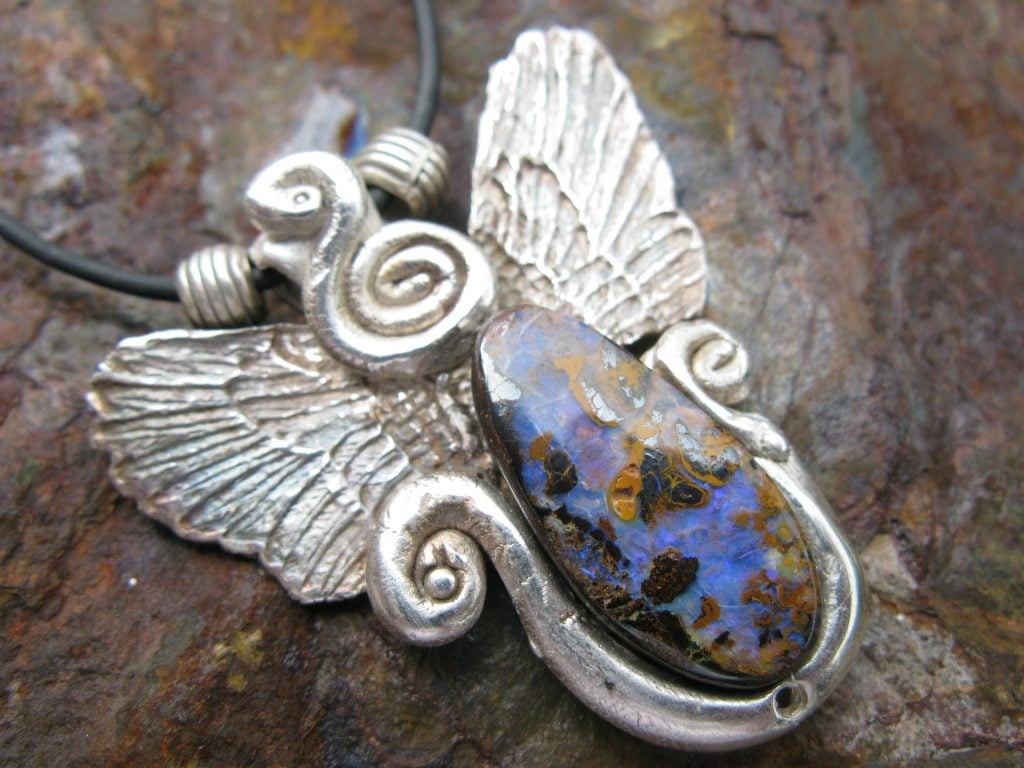
The world’s most expensive opal, the Virgin Rainbow, is valued at over 1,000,000 dollars. It was discovered in Australia in 2003 by John Dunstan. The opal was formed and discovered in the skeleton of a Belemnite, an ancient ancestor of the modern-day cuttlefish. The Virgin Rainbow is currently owned and displayed by the South Australian Museum.
Did you learn anything new from the 10 interesting facts about opal? Let us know in the comments below.

